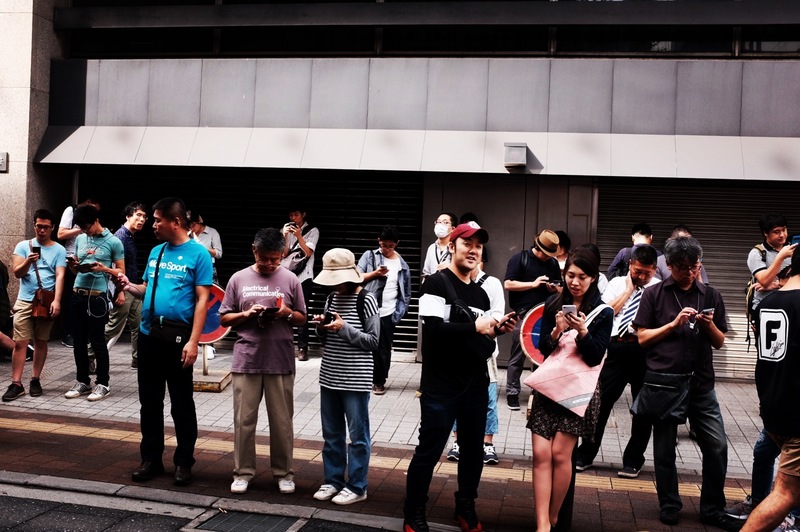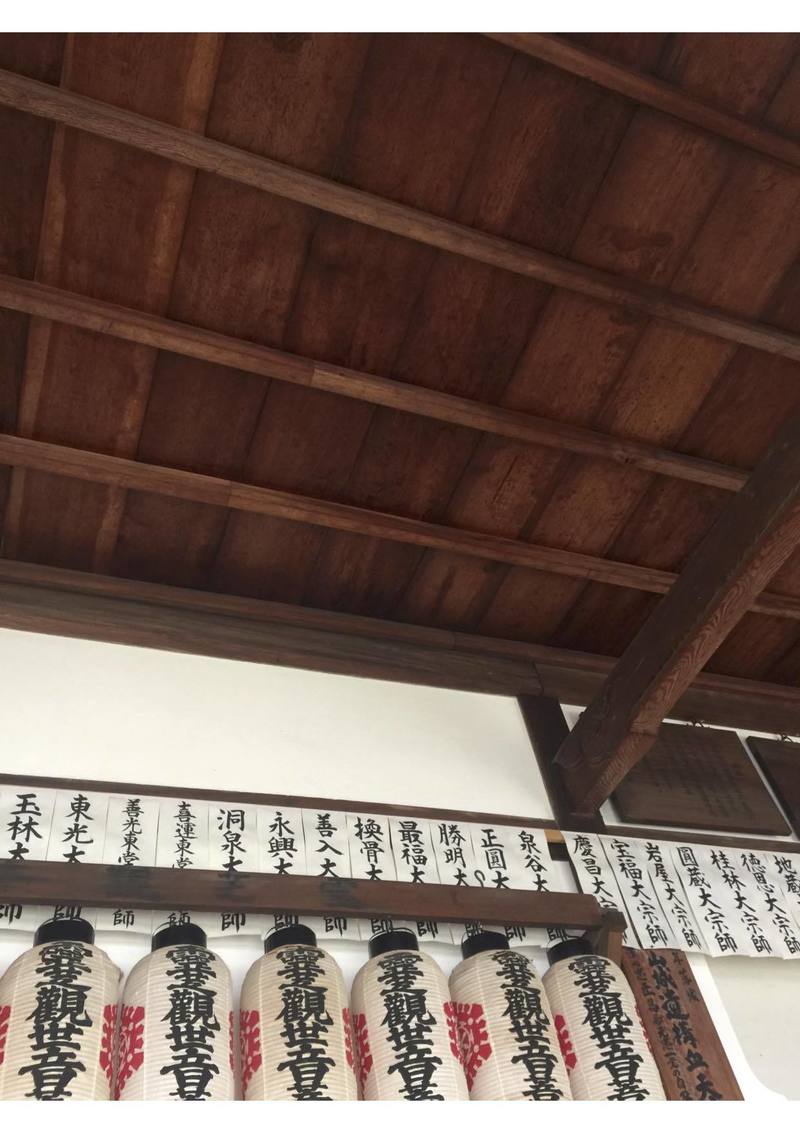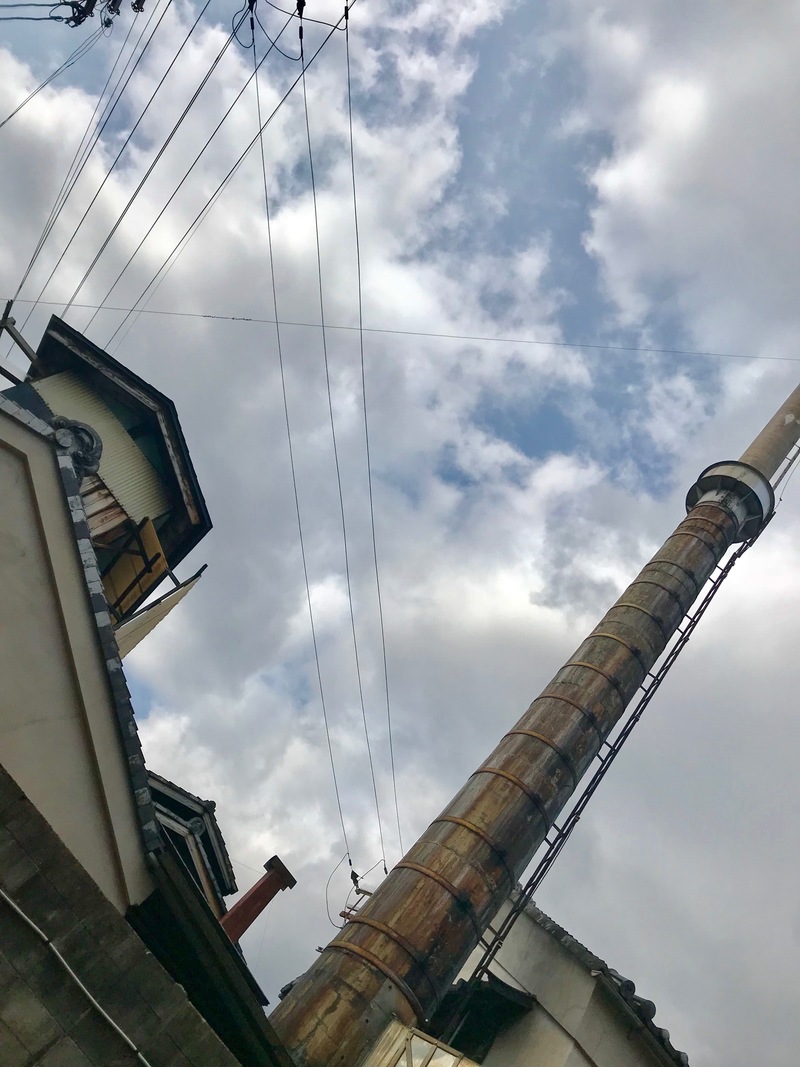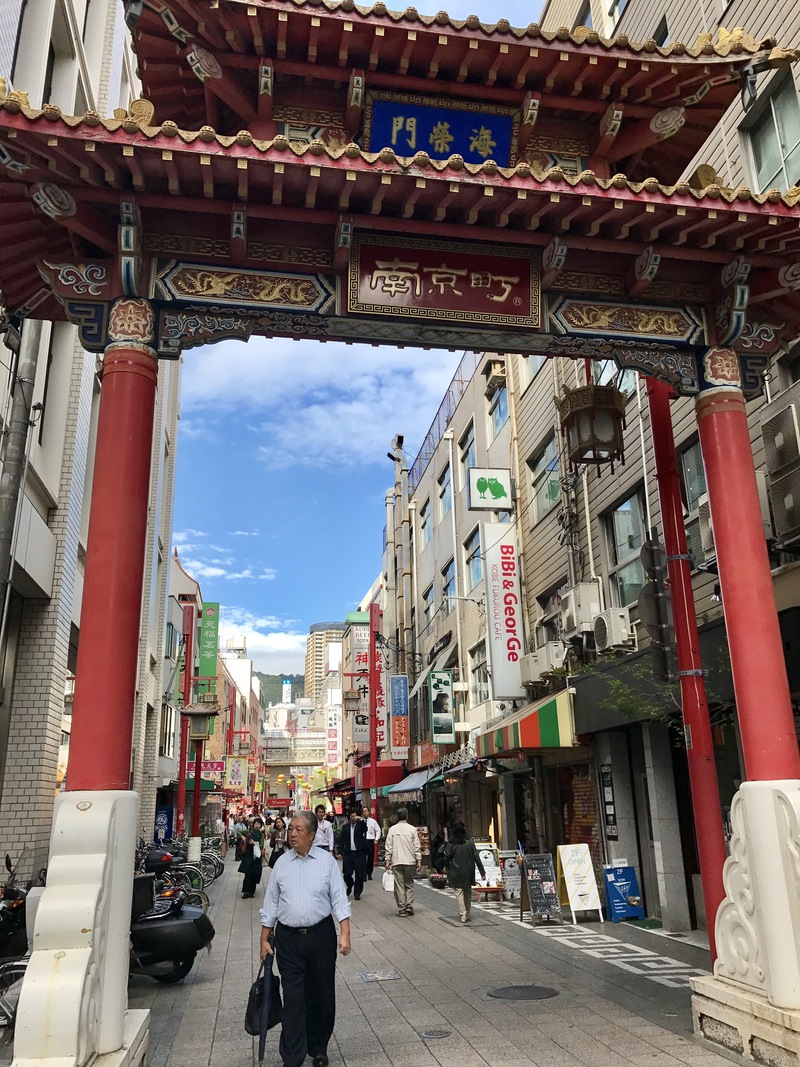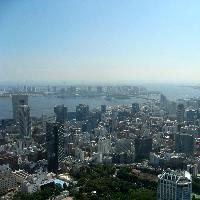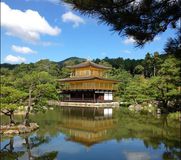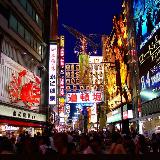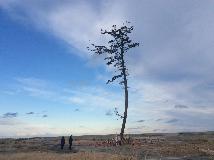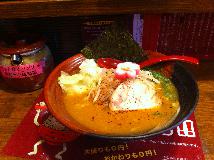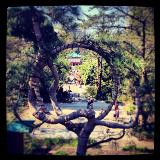This temple, founded in the 14th century, sits high in the hills in northwest Kyoto. Since the late 17th century it has belonged to the Sōtō School of Zen. It is famous for its main hall (hondo) where there are two windows – one perfectly round and another square that look out to the greenery of the gardens. The round one (satori no mado 悟りの窓) is known as the Window of Enlightenment, the roundness representing the enlightenment and completeness of Zen, while the square one (mayoi no mado 迷いの窓) translates as the Window of Ambivalence or Delusion. In the recording there is the sound of a slight high pitch humming? There are tweeting bird songs. I enjoyed the overwhelming sense of quietness to go with the visual serenity of the place. Part of this was the delight to be there with only a few other visitors, compared to the many more central temples in Kyoto that can be filled with tourists and their accompanying sounds. Two to three couples passed through. They each took careful photos, and kneeled quietly a few meters behind the windows alone in their thoughts.
Reading through the literature provided by the temple, visitors discover that the ceiling in the main hall is also known as the 'bloody ceiling'. It was constructed in the 1600s from floorboards that came from Momoyama Castle in the Fushimi region of Kyoto where hundreds of soldiers had been killed. Their bloody foot and hand prints remain visible on the ceiling to honour the dead while simultaneously giving visitors a chilling reminder of a violent past. That history would have been filled with the sounds of death and violence, but is now enshrined in a place of serenity and relative silence.
